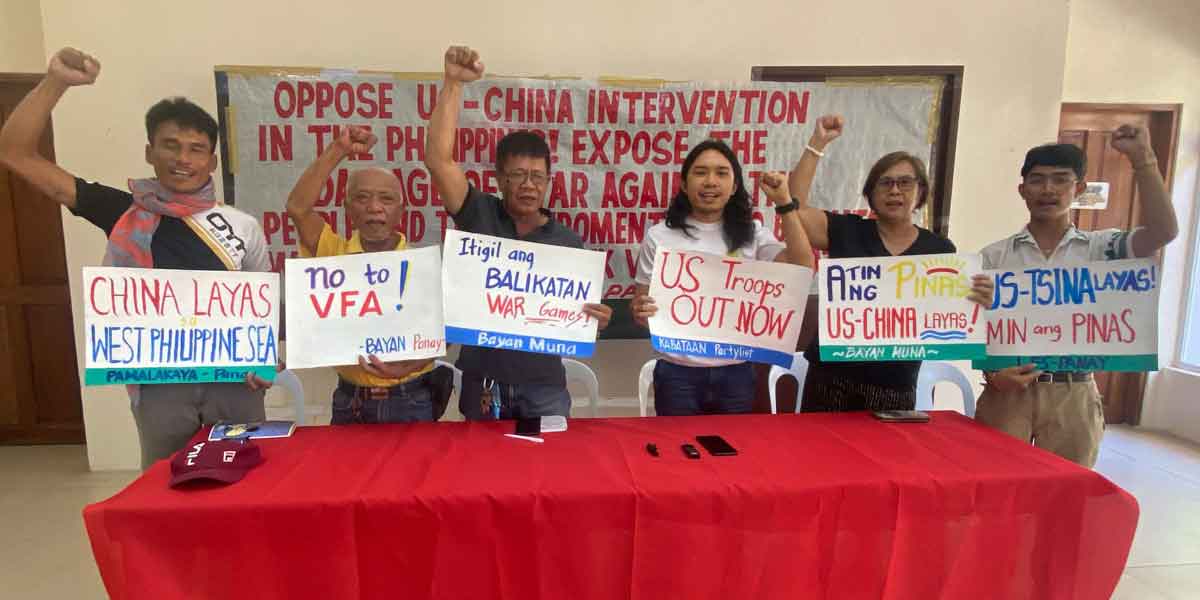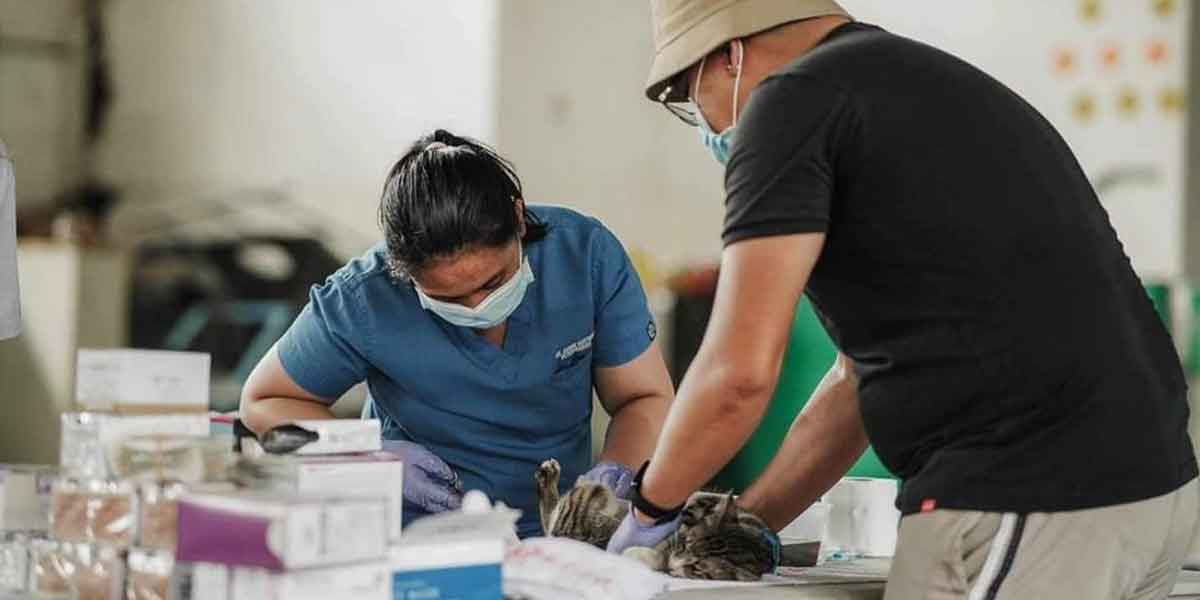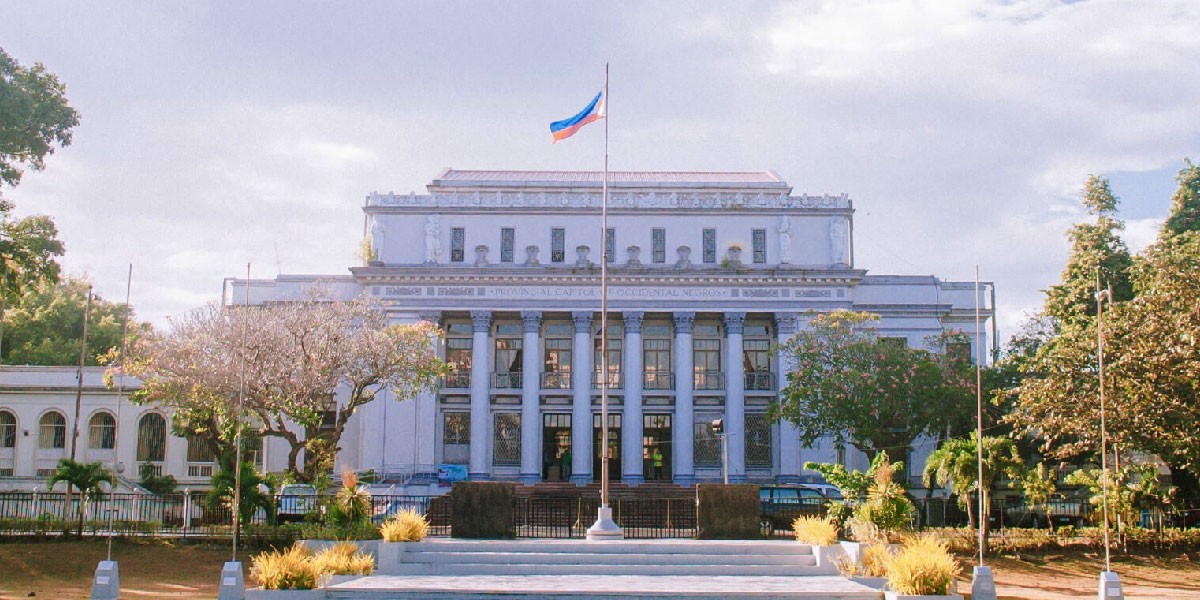
By: Emme Rose Santiagudo
WITH the increasing number of dengue cases in Western Visayas, Health Secretary Francisco Duque III reminded the community of the best weapon that can counter the epidemic.
In his visit to Iloilo on Thursday, Duque once again emphasized the critical role of prevention against more epidemics in the country.
“More than ever it is the prevention that is the key. If you fail in the prevention side, then you will see a lot of these epidemics and this is going to be really a burden for the system, especially for the local health system. We have to prevent, rather than go into the very expensive of treating, bringing these patients and exposing them to other complications,” Duque emphasized.
Duque again the stressed the 4 “S” advocacy against dengue.
4S stands for:
-search and destroy the breeding places of the mosquitoes;
-self-protection measures like use of long sleeves and mosquito repellants;
-seek early consultation; and
-say yes to fogging.
“4S is really important. We cannot belittle 4S. It must be widely disseminated and cascaded to the basic units of the barangays and families,” Duque said.
Duque visited Iloilo for dialogues with local officials and inspect the hospitals and other health facilities in the city and province of Iloilo amid the dengue outbreak.
Five provinces (Aklan, Antique, Capiz, Guimaras and Iloilo) and one highly urbanized city (Iloilo City) have already declared dengue outbreaks recently.
Both the province and the city of Iloilo have also declared a state of calamity due to dengue.
While it was nine years ago when the region declared a dengue outbreak, Western Visayas has been suffering from surging dengue cases every three years.
According to DOH-6, the region recorded 27,264 dengue cases and 137 deaths in 2010.
It decreased to 3,167 cases and 39 deaths in 2011 and 11,783 cases and 39 deaths in 2012 but it sky rocketed again to 22,392 dengue cases and 69 recorded deaths in 2013.
The same is true in the following years where dengue cases surged after three years in 2016 at 26,440 dengue cases and 88 deaths.
Three years after, the region recorded the highest number of dengue cases in the country in just the first seven months of 2017 with 18,834 dengue cases and 94 deaths.
Duque emphasized that the concurrent dengue outbreak should be used as an avenue for people to be more conscious and aware.
“The epidemic is the latest form of fear. For Filipinos, we don’t act until the fear is there. This has to be taken advantage of, this fear, so that people would be more aware that this dengue epidemic is not just happening in an ordinary year but a year of dengue spike, especially here in Western Visayas,” he stressed.
Duque urged local health systems and local government to invest in the preventive and health promotion measures.
“It is smart and wise to invent in the preventive measures, health promotion, and campaign measures. We have to be preventive side. It’s going to be extremely difficult and expensive to manage if we are to wait for these things to happen again,” he added.


















